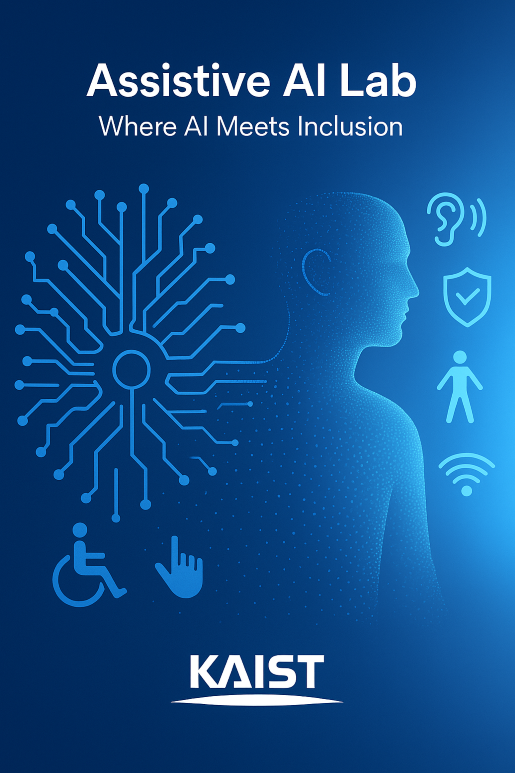-
Focus Group Evaluation of an Overhead Kitchen Robot Appliance
•
We developed and evaluated an assistive robotic manipulator called KitchenBot that operates along an overhead track built into the kitchen to assist individuals with upper extremity impairments for common kitchen tasks. Focus groups conducted with eleven participants from the potential user population revealed that potential users had very positive perceptions, opinions, and attitudes toward…
-
Circling Interface: An Alternative Interaction Method for On-Screen Object Manipulation
•
An alternative interaction method, called the circling interface, was developed and evaluated for individuals with disabilities who find it difficult or impossible to consistently and efficiently perform pointing operations involving the left and right mouse buttons. The circling interface is a gesture-based interaction technique. To specify a target of interest, the user makes a…
-
Intelligent single switch wheelchair navigation
•
We have developed an intelligent single switch scanning interface and wheelchair navigation assistance system, called intelligent single switch wheelchair navigation (ISSWN), to improve driving safety, comfort and efficiency for individuals who rely on single switch scanning as a control method. ISSWN combines a standard powered wheelchair with a laser rangefinder, a single switch scanning…
-
Effectiveness Of Morse Code As An Alternative Control Method For Powered Wheelchair Navigation
•
We applied Morse code as an alternative input method for powered wheelchair navigation to improve driving efficiency for individuals with physical disabilities. In lab trials performed by four testers, it demonstrated significant improvement in driving efficiency by reducing the driving time, compared to traditional single switch wheelchair navigation.
-
Modeling an Automatic Adjustment of Scanning Rate Using Fuzzy Inference Logic
•
Single-switch scanning is one of the slowest way for people with severe motor impairments to access a wide range of assistive technologies, such as entering text into computer applications, manipulating alternative and augmentative communication devices, and operating power wheelchairs. Automating scanning rate adjustment has been investigated as a means of improving selection rate by…
-
The Use of Microsoft Windows on Intel-Based McIntosh Platform
•
The successful use of micro computers is regarded as the fundamental necessity for an occupational and educational placement of people with visual impairments. People with visual impairments have long been actively adopting computers and assistive technology devices as integral parts of their lives. For example, 2002 NTIA survey reported that people with visual impairments…
Welcome to Assistive AI Lab Where AI Meets Inclusion
At Assistive AI Lab, we are dedicated to developing cutting-edge artificial intelligence technologies to enhance accessibility and empower individuals with diverse needs. Our interdisciplinary team passionately pursues innovative research and practical solutions, bridging the gap between advanced AI techniques and inclusive, real-world applications.
Our mission is to ensure that artificial intelligence benefits everyone, particularly those traditionally underserved by technology. By focusing on accessibility, usability, and human-centered design, our lab creates transformative tools and systems that facilitate greater independence, inclusion, and quality of life.
We specialize in:
- Assistive Technology Development: Creating intelligent solutions that improve daily living, communication, and mobility.
- Inclusive AI Systems: Ensuring AI applications are designed to be universally accessible and beneficial.
- Human-Centered Innovation: Collaborating closely with users and communities to develop meaningful, impactful technologies.
Join us in shaping a future where artificial intelligence genuinely meets the needs of all individuals, fostering a society that is truly inclusive and accessible.

